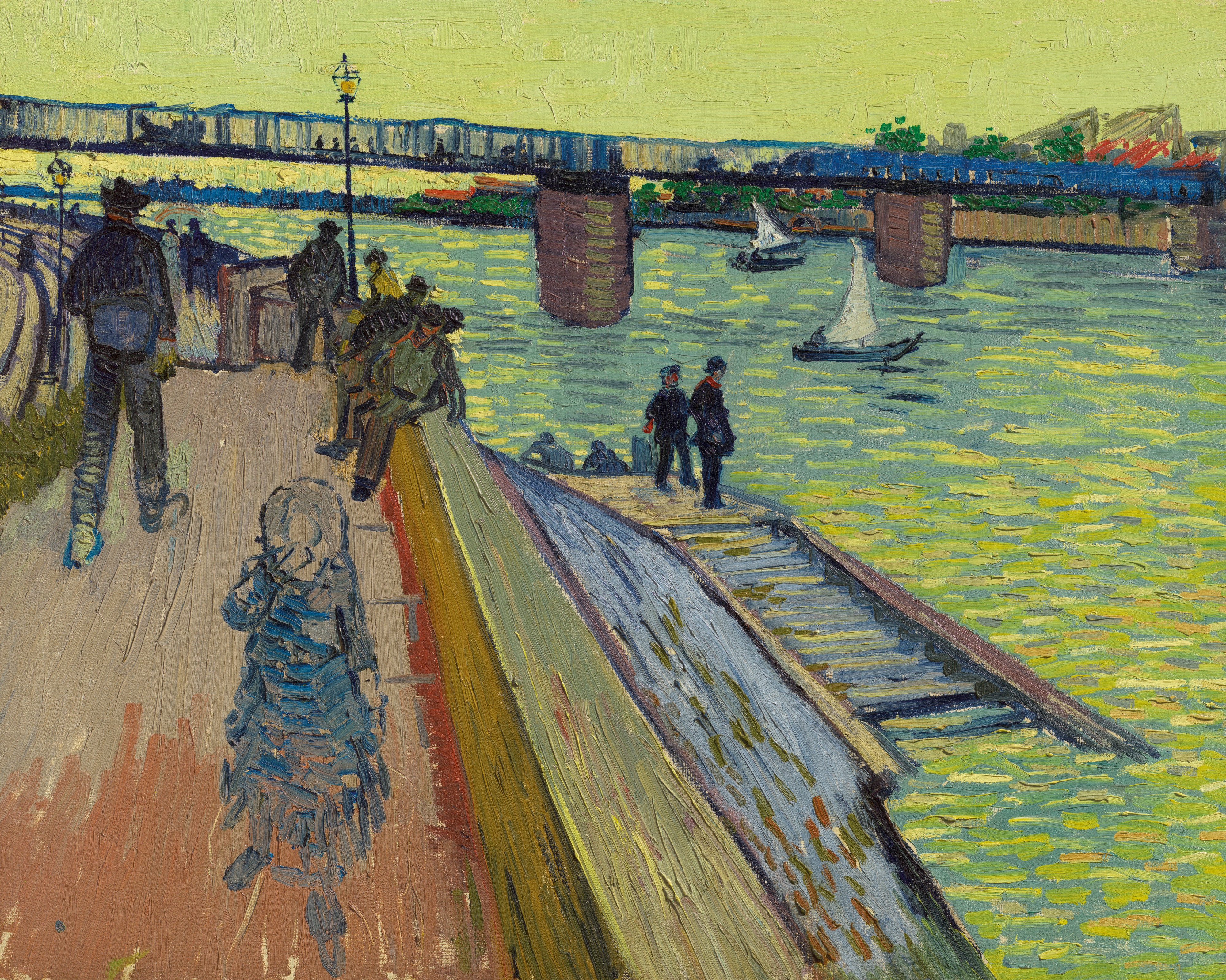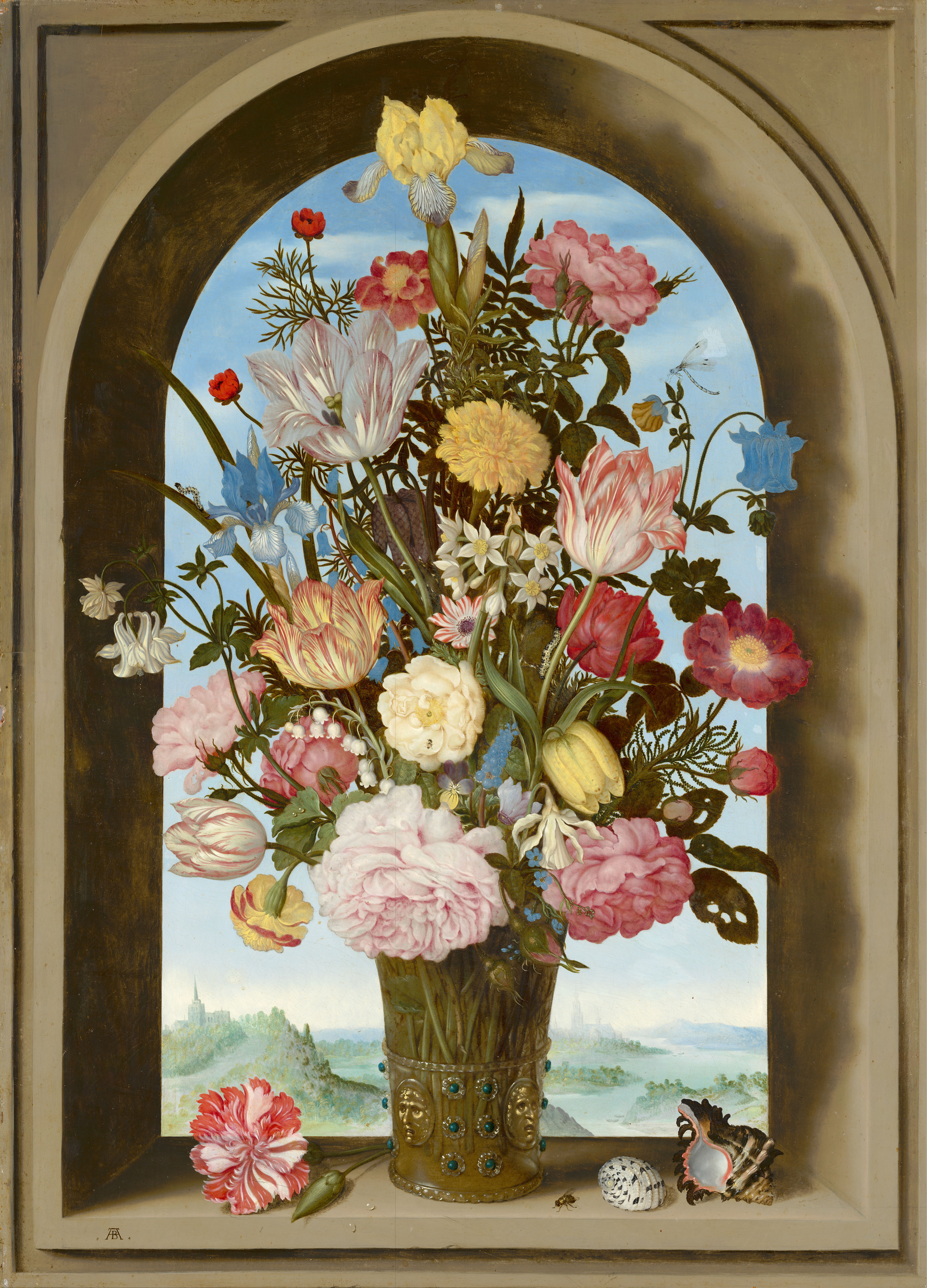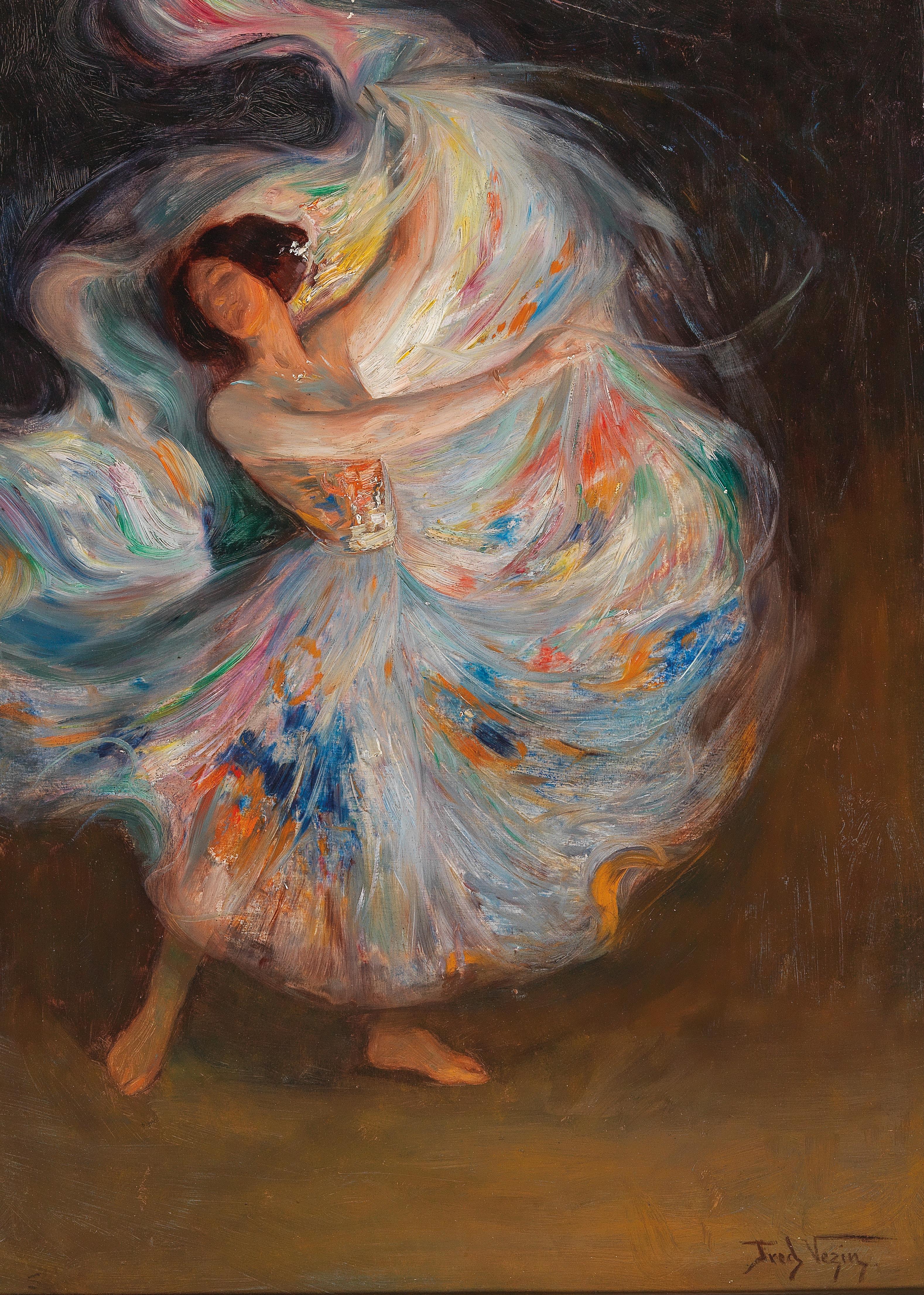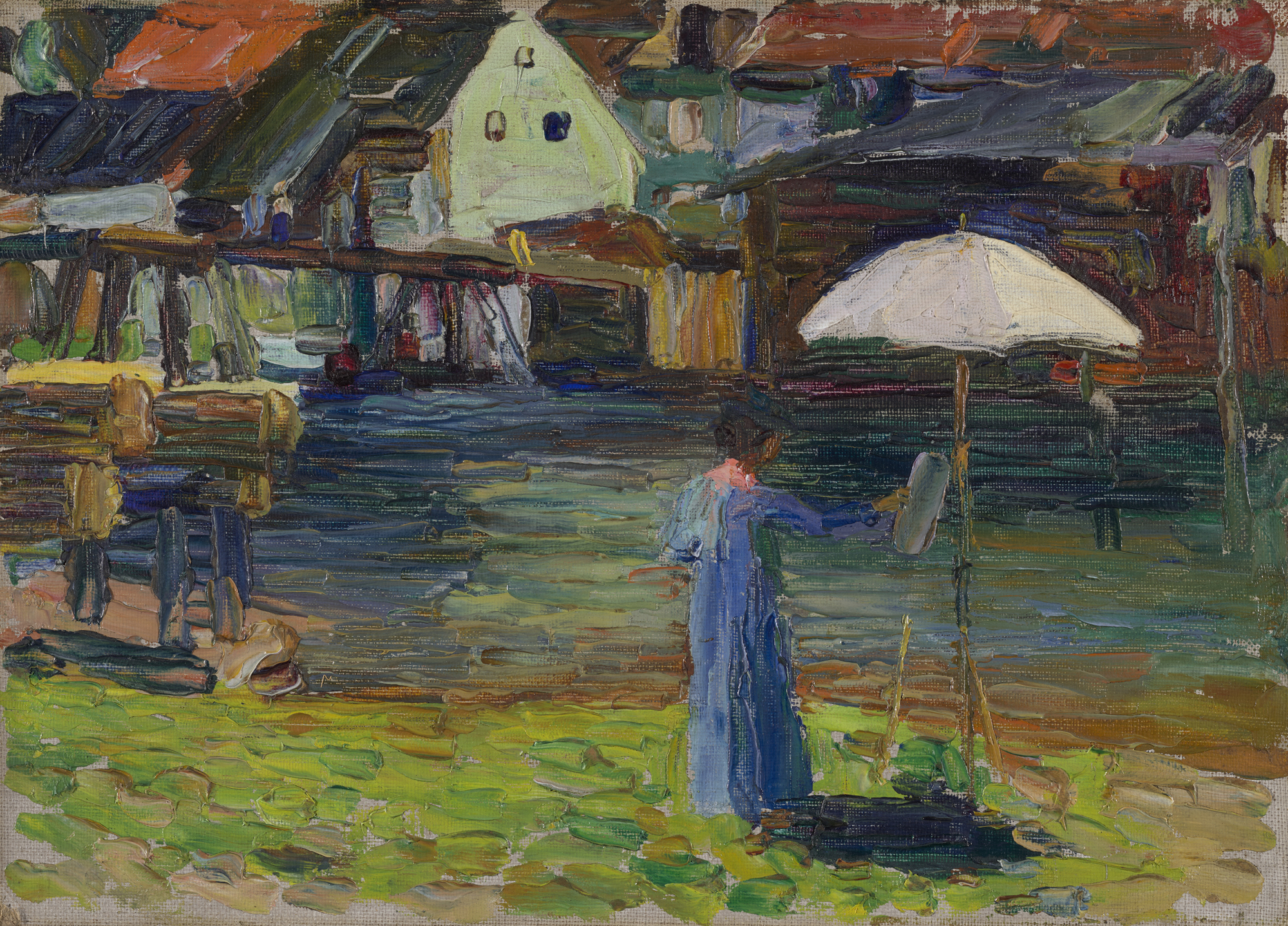Garnet Ruskin Wolseley was a British landscape, figure and portrait painter. Born in London in 1884 he trained at the Bushey School of Painting winning a scholarship to Slade School of Fine Art.
He moved to Newlyn, Cornwall, in 1908 and became good friends with Harold and Laura Knight, the latter influencing his early work.
He painted mostly landscapes around Newlyn and the Lamorna Valley exhibiting regularly at the Royal Academy.































